|
by Rachel Terry What motivates you to do well in your profession? I'm a freelance writer, and I know pretty quickly if clients like the work I do for them. If they don't like my work, they find another writer. If I miss a deadline, I will probably lose the chance to write for that client again. If I do a knock-down job, not only will I probably get more work, but I might just get a bonus on top of a timely paycheck. This kind of feedback motivates me to do my best. I have financial incentives for being responsive to clients and for producing the best work I possibly can. I also know that financial consequences inevitably follow lazy or sloppy work. This feedback loop is familiar to most workers in most industries in the free world. Hair stylists who do great work can command higher rates, and accountants who manage finances well earn new clients. It seems that about the only industry where the feedback loop is broken is in union-commandeered public K-12 education. And here's why: The following two paragraphs are from the Lincoln Education Association's November 12, 2015 newsletter to its members: The LPS Seniority and Assignment lists are used to determine who gets surplussed (reassigned) when there have been changes in a building’s enrollment, or budget or program changes in the district. The lists are also used if there is going to be a reduction in force (RIF or layoff) if circumstances are such that there is no vacancy for a person in their area(s) of certification or endorsement anywhere in the district. Let's break this down to the essentials:
This is unfair to students, teachers, and administrators. Students: It is unfair to sit students down in classes headed by teachers who may or may not have any interest in teaching. Some teachers are passionate about their jobs, and these are the teachers who will be remembered for many years to come and who will light fires in their students' minds. But some teachers who are high on the seniority list know they're "safe," and all they have to do is wait out their time until they receive their pensions. Their compensation is not tied to their job performance or their students' successes, so students will suffer due to the apathy created by this system. Teachers: Teachers who continue to improve their skills and put their all into their teaching are indeed heroes, especially when they're working in a system that does not reward their efforts. By not giving incentives for teachers to perform well, this system deprives teachers of the motivation most of us require in order to learn and grow in our professions. If I knew that I would continue to be paid for freelance writing jobs no matter what the quality of my writing, I would probably never improve. It's a tragedy when we lose dynamic youthful teachers because they're too far down on the seniority list. Too many ambitious teachers have left for the private sector where their talents are rewarded and cultivated. Ultimately, it's our children who miss out. Administrators: Principals and other administrators face scrutiny about how well their students are doing, but they have very little control over the hiring and firing of their staff. Given an employee with a "'safe' seniority number of 2020," a principal can try to cajole this person into exerting effort and working hard, but there's no guarantee that #2020 will comply. In the real world, a boss would give her employees evaluations with specific suggestions for improvement. If they fail to meet expectations, the boss will let that person go and hire someone who loves teaching and wants to work hard. Without the ability to make decisions like this, administrators have their hands tied. It must be incredibly frustrating. How School Choice Can Help Nebraska is one of the last states to enact school choice measures. Most states now tie student test scores to teacher evaluations, giving teachers incentives to ensure that their teaching methods are truly helping students to learn. Only five states, including Nebraska, have no formal policy linking student test scores to teacher evaluations. Monopolies don't have to prove their value to the public. Their existence suffices. There's an even greater incentive than improved teacher evaluations, however, and that's school choice. When all parents have real educational choices to consider, the best options thrive. Schools that want to attract students will hire, train, and inspire the best teachers and then do their best to hang on to these teachers once they find them. In this environment, no Seniority List is needed. The environment in schools like this is different. Kids can feel the difference, and it's invigorating. Teachers can feel the difference; it's contagious. There's energy and focus. We can have that. The teacher's unions in Nebraska will try to convince you that there's no other way, that to criticize unions is to criticize teachers. But that's just not true. Over the past few years, the National Education Association has lost 230,000 members, and it's not because teachers are going the way of the dinosaurs. It's because more and more teachers are realizing that they don't have to be a number on a list. They can work in environments where they're rewarded for their innovative good ideas. They can be "safe" the way the rest of us can be safe in our various careers: by serving our customers well. That's school choice. If you happen to read to the second page of that LEA newsletter, you'll see the conclusion the LPS union bosses have come to: In Summary: The seniority lists are critical. Teachers, you deserve better. Join the school choice movement, and you can have better.
1 Comment
Over the last eleven years, every student who has graduated from the eighth grade at Sacred Heart School has gone on to earn a high school diploma, and many of them have continued to achieve in college.
This North Omaha private Catholic school has built a tradition of academic achievement, and its students are thriving. This coming legislative session, Nebraska lawmakers have an opportunity to help more students have experiences like the students at Sacred Heart School. With the passage of Opportunity Scholarships in Nebraska, more students will gain access to educational opportunities that they currently cannot afford. Opportunity Scholarships will not take money away from public school funding; instead, they will encourage individuals and businesses to donate to scholarship funds, which will be distributed to lower-income students. Therefore, more money will flow into Nebraska's K-12 education. As seen with Sacred Heart School, sometimes the best option for a student isn't the local neighborhood district school. As parents gain access to more options, more students will find success. At the Platte Institute's annual Summit a couple of weeks ago, Senator Bob Krist spoke about Opportunity Scholarships, an important school choice measure that has the potential to help low-income students to thrive in schools that are currently financially out-of-reach for them. As seen in the image below, opportunity scholarships are funded by individuals, estates, trusts, and businesses, and these entities receive a tax credit for donating to the scholarships. Therefore, more money would be available for Nebraska's K-12 students without taxpayers having to bear any additional burden. Opportunity Scholarships give parents the choice to improve the educational outcomes they decide on for their children. They improve accountability in education to parents and taxpayers by holding poor performing public schools accountable for academic performance because these schools may lose students in the choice options. Opportunity Scholarships afford this accountability without the need for intrusive government regulations that create political and market liabilities for school choice policies. Fifteen states have educational tax credits in place already. Charles M. North, Associate Professor of Economics at Baylor University, estimates that Arizona's tax credit scholarship program has saved Arizona taxpayers between $99.9 million and $241.5 million due to students enrolling in private rather than public schools. Nebraska is currently facing two crises: unsustainable levels of taxation and an ever-widening K-12 achievement gap. Opportunity Scholarships can help alleviate both problems. Look for Senator Krist's Opportunity Scholarship legislation this coming session, and contact your state senator to voice your support.
Guest post by Katie Linehan Last night, Diane Ravitch, a staunch opponent of education reform, addressed a crowd of approximately 1500 in Omaha. The event was sponsored by the Sherwood Foundation and presented by MOEC (an organization consisting of 12 metro area school districts). This morning, Ravitch will meet with community leaders at UNO.
Teaching is one of the hardest, most under-appreciated jobs out there. Teachers deserve respect. Teachers (and the people of Nebraska) also deserve the truth. Ravitch contributed to the well-funded proliferation of mistruths about school choice and public charter schools gripping this community. Of course, Ravitch has a right to her own opinion. It's okay to dislike the idea of charter schools. It's not okay to say no evidence exists showing charters are working (black students living in poverty, on average, gain an additional 59 days of learning in math and 44 days of learning in reading every year in urban charters). It's okay to say poverty impacts school performance. It's unfortunate to coddle and instill low expectations for under-served children. When Ravitch said Nebraska has among the highest NAEP scores in the country (and suggested this was due to Nebraska rejecting reforms), she misrepresented the facts. We don't rank in the top 20% in math or reading. In 2015, Nebraska ranked 13th in 4th grade reading. We ranked 11th in the nation in 8th grade reading. We ranked 12th in 4th grade math and 14th in 8th grade math. Some may say ranking in the top 20 overall isn't too bad, but consider that Nebraska has a much larger percentage of white students (approximately 20% above the national average) and a lower rate of student poverty, which impacts performance averages (not because non-white and poor students can't do better, but because these students frequently lack equal access to great schools). Furthermore, Nebraska has failed to keep pace with the rest of the nation in terms of overall improvement and we have some of the largest achievement gaps in the nation between black and white students (for example, in 4th grade math, white students in Nebraska rank 13th in the country; black students in Nebraska rank 39th). In any scenario where Nebraska ranks nearly last in black student performance, while failing to keep pace with improvement for all students, something must change. Students stuck in failing schools deserve better. But Ravitch would (and did) reject the notion that failing schools exist at all. Ravitch also suggests, again and again, that poverty determines destiny. Such beliefs undercut her own claim that no crisis exists in our traditional school models, at least if you happen to be poor or black. Katie Linehan has worked for over a decade with under-served youth in Omaha. She attended law school before working as an aide to the vice-chairman of the Nebraska Legislature's Education Committee. Katie also worked at Success Academies, a high-performing, high-poverty charter school network in NYC before returning to Nebraska to advocate for meaningful education reform. Deborah Andrews, a 40-year resident of Nebraska, mother, volunteer, and candidate for the state legislature is advocating for a school choice vehicle that has already been implemented in Florida, Arizona, Mississippi, Tennessee, and Nevada: Education Savings Accounts (ESAs)
In a 2003 interview with Columbia Teachers College professor Pearl Rock Kane, renowned economist Milton Friedman pondered, "Why is it sensible for a child to get all his or her schooling in one brick building? Why not have partial vouchers? Why not let [parents] spend part of the voucher for math in one place and English or science somewhere else?" In places like Arizona and Florida, parents can do just that. These states have separated the financing of education from the delivery of services. They recognize that "public financing of education does not have to mean that education is delivered in government schools." And this framework is paying off hugely for many students. In "ESAs Are Changing the Game," author Lindsey M. Burke writes about a blind student in Arizona whose education has been transformed by access to school choice in the form of an ESA: "While the Ashtons used the bulk of their ESA to pay for tuition at a private school, they were also able to direct dollars toward Max’s assistive technology to facilitate his learning, along with his Braille textbooks and talking computer. And as Marc mentioned, they still had money left over at the end of each year to roll into a college savings account, which Max will put toward his tuition at Loyola Marymount this fall." School choice advocates in Nebraska, including Deborah Andrews, are gathering support for Nebraska Academic Savings Accounts. Andrews explains: "90% of the state aid which would have gone to the school, instead would be deposited into an account to fund the individual student’s education. Parents/guardians choose which learning options best suit their child. Participants must agree to utilize effective reading and math curriculum and instruction. Participants are held accountable for student learning and achievement each year." Andrews continues: "Nebraska is one of only a handful of states which don't allow school choice: vouchers, tax credits or charter schools. Nebraska does allow for children to be home-schooled or attend private school at parent/guardian expense. These parents/guardians are required to continue to fund public schools their children do not attend. In effect, school choice restricted to the elite." ESAs are changing lives for many students. The Nevada program offers eligibility to all 450,000+ public school students in the state. Will we provide similar opportunities for Nebraska's students? Guest post by Greta Bloyd School choice is gaining traction around the country in a growing number of states, and the results are impressive. It’s time Nebraska seriously considers real school choice. Here are just two reasons why. 1. School Choice Makes Sense Who knows your children better than you? As parents, we know better than anyone else where our children thrive and where they struggle. We know our children’s personalities and how they best learn. We know what environments they will do well in, and what environments will reflect the worldview we are working so hard to instill in our children in our homes. My husband and I both graduated from public school. We have friends who are teachers, school psychologists, and coaches in the public school system. My aunt was a teacher and then a principal in a public school, and my uncle and cousin have been public school football coaches for their entire careers. We are not anti-public school. However, we do understand that it is not the best fit for everyone for a variety of legitimate reasons. It wasn’t the best fit for our family. We have two very different sons, (Seriously, we often wonder how they can possibly be related!) and we chose two different educational models to fit their individual needs, and learning styles. One attended and graduated from a private school, and the other is being homeschooled – at least for now. That may change as his needs change. It is our obligation as parents to do what is best for our children. School choice makes that possible. As parents, we have every right to decide how our kids are educated. As Nebraskans, we have the responsibility to do what is in the best interest of our children, even if that means disrupting the status quo. 2. School Choice Makes Cents Families and kids are not one-size-fits-all. That’s why a quality education that best meets the many factors parents should consider – from values to learning styles to how well any given school performs – should be made available to every child in Nebraska. Choosing private school and homeschooling for our boys has meant sacrifices that we were more than willing to make. But the choices we made are not feasible for too many. For some, it’s not financially possible to send their kids to private school, or for one parent to stay home to homeschool. On the other hand, many believe that offering tax breaks to families who choose an educational model other than the public school system will drain more money from schools that already struggle to educate children on their current budgets. So what’s the right answer? The facts can help us decide. Around the country where real school choice is offered, real benefits are being seen. A study by Jeff Spaulding of the Friedman Foundation for Educational Choice found that, For the 10 school vouchers programs examined in this report, a cumulative total savings of at least $1.7 billion has been realized since 1990-91, the first year of the historic Milwaukee Parental Choice Program (MPCP), through 2010-11, the end of this paper’s review period.[1] Spaulding offers these formulas to show how money is saved: • Per Student Cost Burden Removed From Public Schools > Cost of Voucher à Net Savings Per Student • Net Savings Per Student X Number of Voucher Recipients = Total Net Savings • Fiscal Effect on State Government + Fiscal Effect on Local Public Schools = Total Net Savings = Cost Burden Removed From Public Schools – Cost of Vouchers[2] School choice can benefit every child, every family, and every school. So the real question is: As responsible parents and Nebraskans, why would we oppose that? (The Friedman Foundation for Educational Choice provides great information on school choice here. http://www.edchoice.org/ ) [1] http://www.edchoice.org/wp-content/uploads/2015/07/The-School-Voucher-Audit-Do-Publicly-Funded-Private-School-Choice-Programs-Save-Money.pdf pg. 6 [2] ibid, pgs 15-16. Greta Bloyd is a home school mom who also works full-time from home for Tiny Hands International. She and her husband Doug have two sons, Tanner who graduated from Lincoln Christian and is now a junior at UNL, and Kyler who is a 4th grader who currently loves being taught by mom! Greta holds a Bachelors degree from UNL and a Masters degree from Biola University.
Guest post by Lee Todd, Lincoln father. Few if anyone would disagree the best education possible at a reasonable price, should be the gold-standard sought after goal for our children. Free markets have throughout history demonstrated their value at uplifting the middle class. No one can argue this point. Parents should have more choices to send their children to those schools which can best provide the needs for their child. Public and private should both be given the opportunity to compete in the free market arena. In this way the best schools will flourish. So goes the argument of Milton Friedman the late great contemporary economist.
Given the incontrovertible evidence private schools are capable of providing a great education at a lower price versus public schools, it is time to truly “level” the playing field. In the state of Nebraska it costs $11,200 per pupil per year to educate a child in the public school system. Private schools usually do as good or better job at ½ the cost. Let us please consider this option which would allow more school choice. Any parent wanting to pull their child out of the public schools system could be given 75% (this percent is not fixed in stone but serves an illustrative purpose) of the cost to educate a child in their local public school district. Those funds would follow the child and be given to the parent or guardian of the child, if they choose alternative schooling other than the public school system. In this way parents opting for the private school option or home schooling, would not have to pay for it twice. This they do now, once in property taxes and once again to pay for their child’s private education out of their own pocket. What about the “unused” other 25% or roughly $2800 per year? This money could be returned to the tax payer to lower property taxes which the overwhelming majority of Nebraskans agree are much too high. Another option would be this money could be deposited into the parent or guardian’s educational savings account for post secondary education for the child. Imagine 13 years x $2800 = $36,400 ready for the child to go to college or a vocational school of their choice! Many young men and women could get most of their 4 year university education and certainly 2 years worth on that kind of a grubstake! Hence they would not be shouldered with oppressive post secondary debt when they are not even into their mid 20’s. What a shift that paradigm would be! In summary, both private schools and home schools have more than proven their effectiveness beyond any doubt. It is time to level the educational playing field. It is time to play fair. Private and public schools should each compete in a free market that truly espouses free choice. Public schools may have good intentions, but it is the parent who will nearly always have the best interest of their child foremost in their minds. When ALL parents are given the economic opportunity to choose what is best for their child, the child always WINS. Guest post by Russ Pinyan, Lincoln financial advisor and father of four.
School choice means having options. Having the option to send our children to a private school has been a good thing for our family. For the last 15 years, we have sent our children to a private school, and we currently have four students attending this pre-school through 12th grade school. This has been a very positive experience, but it has been a financial challenge. Unfortunately, we are forced to pay more than our fair share. Here is where I am going. The public school system is striving to be a great place to educate our children. The push for better and bigger facilities along with the desire to keep employees pay competitive are consistent goals. With the population growth we are experiencing, there is always a plan for more space on the agenda. These are great goals to strive toward. Reaching these goals obviously cost money. Our solution is to rely either on a larger tax base or higher taxes. Now, an interesting question- “What would happen if, for some reason, the private schools closed their doors tomorrow?” Take some time to think about it. A quick search shows that more than 1,500 students attend private high schools in Lincoln. This does not include any home school, junior high, or elementary students. Where would these students go? What building? What teachers? If what exist now is stretching the limits, how will the public schools absorb these students? Consider these facts:
It is not a stretch to understand that by spending money on private education, you reduce the taxes for those sending their children to public school. This system seems unfair and easy to fix. Isn’t it time we allowed a property tax credit to those that pay for private education? We need School Choice and this would be a good start. Russ Pinyan and his wife Jennifer are the parents of four children: Nosa (a student from Africa), Tanner, Tucker, and Tatiana. All of their children are enrolled at Parkview Christian. |
|
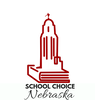
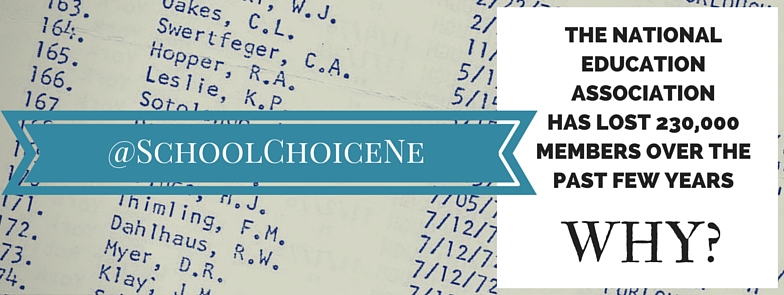
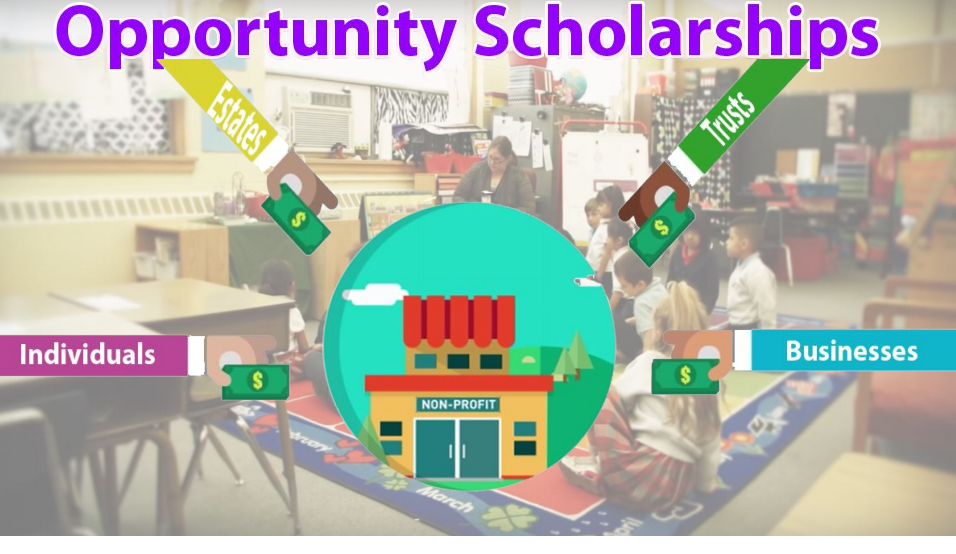
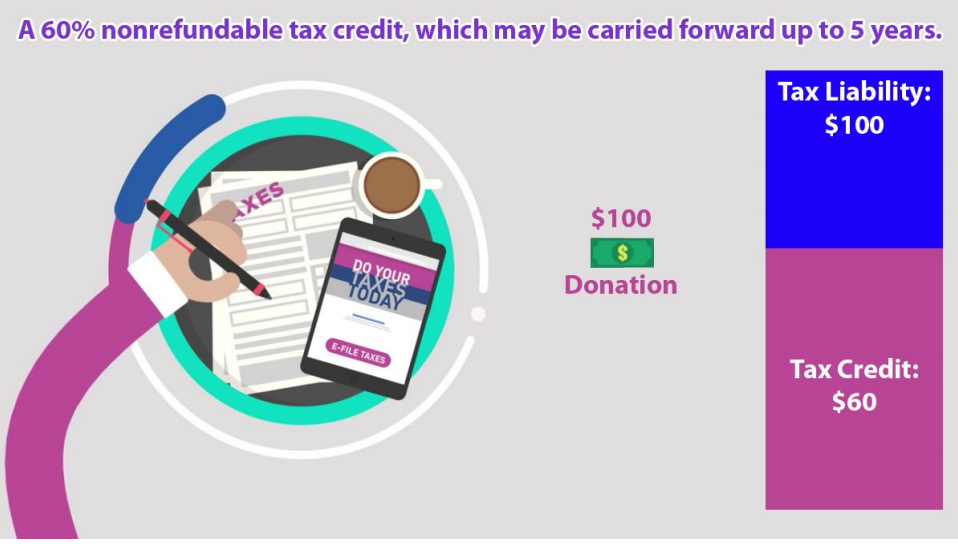


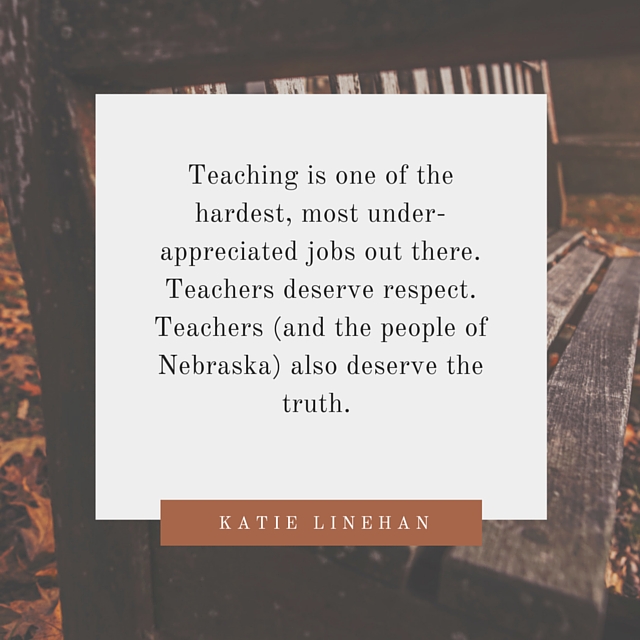
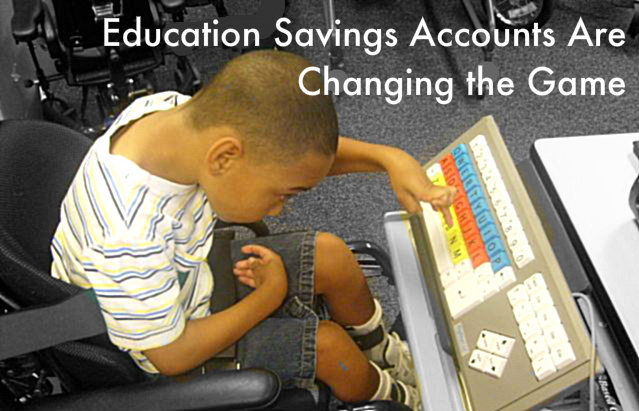

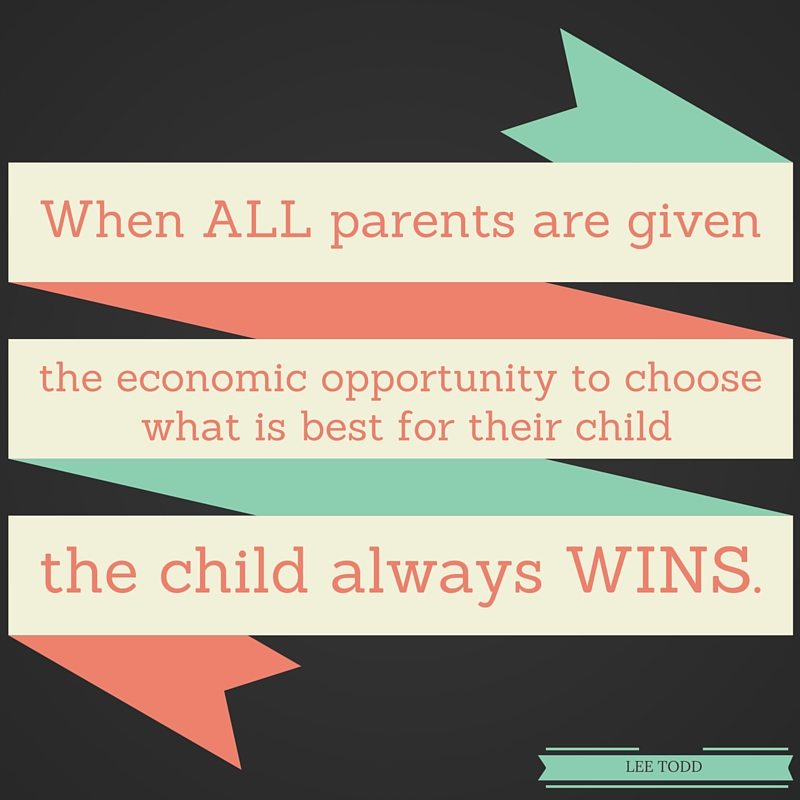
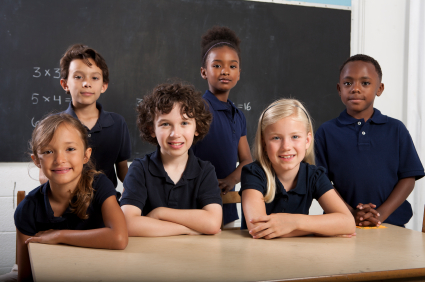
 RSS Feed
RSS Feed